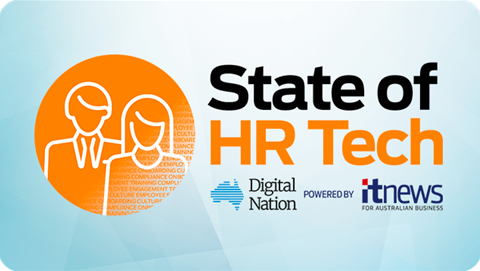DeadlyScience, a not-for-profit bringing STEM to Indigenous and Torres Strait Islander communities in Australia is working to deliver science and engineering pathways to young Indigenous students.
The charity exists to reframe the demographics and break the stereotypes of the Australian scientific community, bringing more opportunities in STEM to First Nations Australians, and providing research that can drive improved outcomes for these communities.

- McLaren Racing spotlights Australian non-profit DeadlyScience on the F1 race track
- Businesses need more than just an economic anchor: Smartsheet CEO
Digital Nation Australia spoke to Corey Tutt, CEO of DeadlyScience and Young Australian for NSW 2020 who said, “It's about decolonising the lab coat, making it possible for young women in STEM, making it possible for young black people in STEM.”
He said, “[The kids] wear the shirts, they look through a microscope, they put a lab coat on, and for that one moment that visual of a scientist that we're used to seeing, the Albert Einstein, the Thomas Edisons of the world, disappears.”
‘Deadly’ in Aboriginal slang roughly translates to cool or awesome, and DeadlyScience is designed to encourage young Indigenous kids in remote communities to consider science in the same light as other sectors such as sport or art that have historically seen a greater uptake by these groups.
“DeadlyScience is about opening doors. And the reason why DeadlyScience needs to exist is because for a long time in Australia, we've told Aboriginal and Torres Strait Islander kids that they're good if they're good at sport or art, and they're great things, but it's not the be all and end all,” said Tutt.
“Our people in this country, 65,000 years we were the first scientists and we should be proud of that. Even non-Indigenous people should be proud of that. And we were the first technologists as well.
“We were the first people to build fish traps, to use technology. And it might not be relevant to today with the new tech that we live in. But technology takes many different forms and fish traps were technology at the time.”
DeadlyScience has shipped over 20,000 books and STEM resources to over 100 communities across Australia.
Indigenous knowledge is being brought into the STEM courses in a number of ways, with one example being the work the organisation is doing in Western Australia and Northern Territory in mapping the genome of the bilby.
According to Tutt, “We're using the combination of drones, inspection cameras, and also traditional knowledge.
“It's going to have implications for everyone because marsupials are born without an immune system. So we need to learn more about marsupials because we are finding out that marsupials' milk have all these rare peptides that actually act as an immune system for baby animals. So, this might be where the new superbugs come from.”
Other projects include implementing weather stations in communities to measure the impact of climate change and teaching kids to grow food in a greenhouse.
“A lot of the resources we send have real world implications,” said Tutt.
“We want to use STEM to find solutions for these communities so we can improve the lives of Aboriginal and Torres Strait Islander people.”


_(22).jpg&h=140&w=231&c=1&s=0)
_(20).jpg&h=140&w=231&c=1&s=0)





_(26).jpg&w=100&c=1&s=0)

 iTnews Executive Retreat - Security Leaders Edition
iTnews Executive Retreat - Security Leaders Edition












_(1).jpg&h=140&w=231&c=1&s=0)



